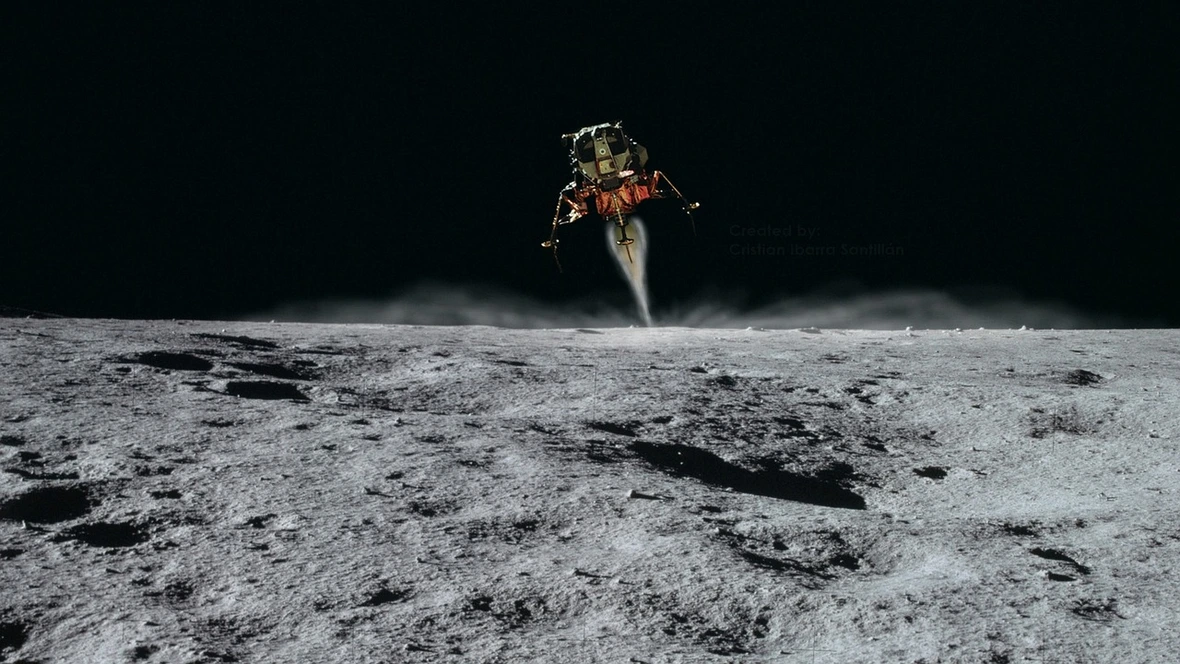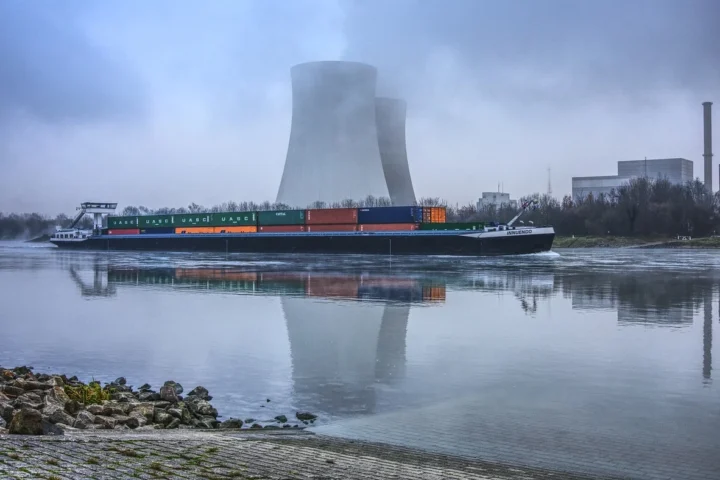Introduction to Chandrayaan-3: Unveiling India’s Lunar Mission
On July 14, the Indian Space Research Organisation (ISRO) launched Chandrayaan-3, its ambitious lunar mission, from the Satish Dhawan Space Centre in Sriharikota, Andhra Pradesh. This mission aims to achieve a soft landing on the moon’s surface, making India the fourth nation to accomplish this feat after the US, China, and the former Soviet Union. India’s dedication towards Chandrayaan-3 is shown through indigenous propulsion module, lander module, and rover that were demonstrating new technologies for interplanetary missions.
The Components of Chandrayaan-3: Propulsion Module, Lander Module, and Rover
Chandrayaan-3 consists of a propulsion module (2,148kg), lander module Vikram (1,723.89kg), and rover Pragyan (26kg). The propulsion module transports the lander-rover payloads to the moon, enabling the rover to study moonquakes, lunar composition, and heat transfer upon landing.
The Significance of Chandrayaan-3’s Objectives: Advancing Inter-planetary Missions
Chandrayaan-3’s journey will involve 10 orbits around Earth until July 31, gradually increasing its distance from the planet (apogee). The lander and rover will collect data, which will be transmitted via electromagnetic waves to a receiver on the still-orbiting propulsion module. In case of any backup requirements, India can rely on the orbiter module from the previous mission, Chandrayaan-2, launched in 2019.
Unraveling the Mysteries of the Moon: Scientific Objectives of the Mission
Chandrayaan-3’s objectives encompass studying moonquakes, lunar soil composition, atmosphere, Earth-like elements, heat transfer, and seismic activity. Equipped with payloads like RAMBHA-LP, ChaSTE, and ILSA, the mission aims to gather crucial data about the moon’s plasma ions, thermal properties, and seismic behavior for deeper lunar exploration.
The Cost of Chandrayaan-3: Investment in India’s Space Exploration
Chandrayaan-3, with an estimated cost of Rs 615 crore, marks a major milestone for India’s space exploration. Prime Minister Narendra Modi praises the dedicated scientists, as the mission embodies Indian aspirations, showcasing the nation’s scientific spirit and determination for innovation.







